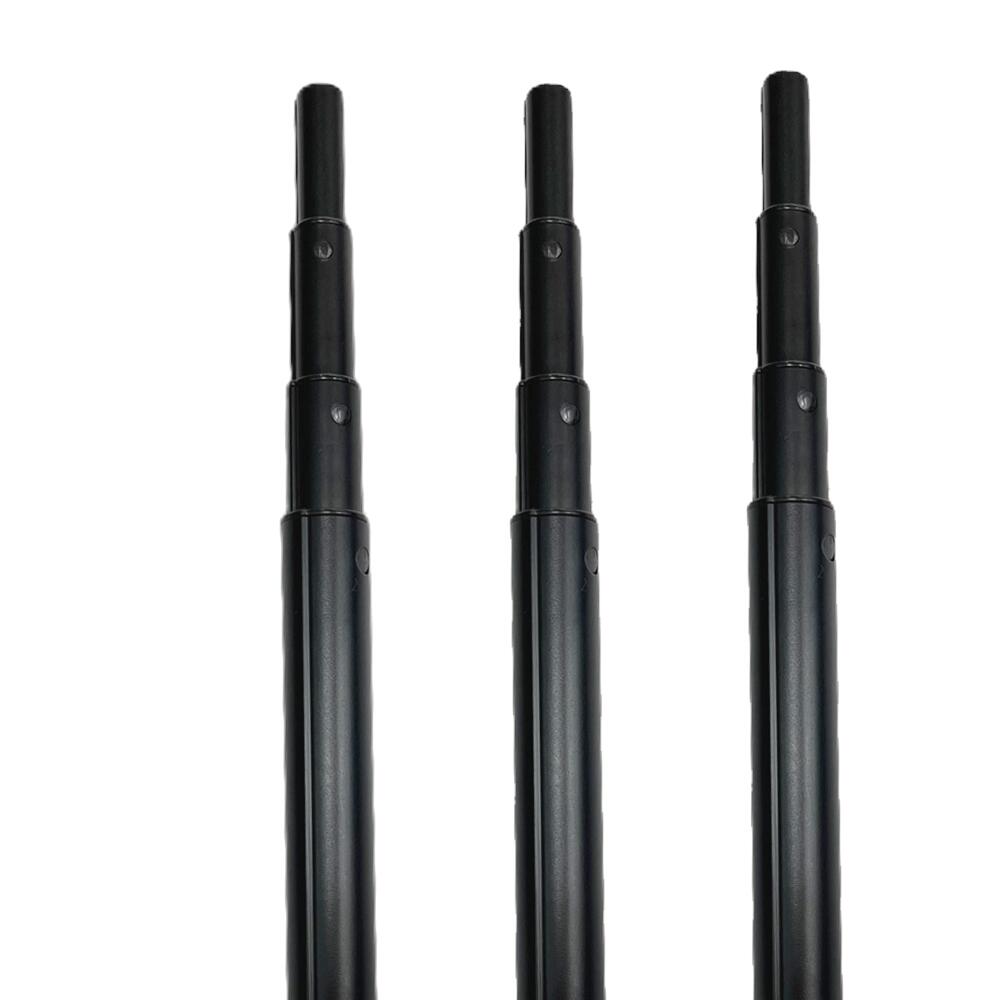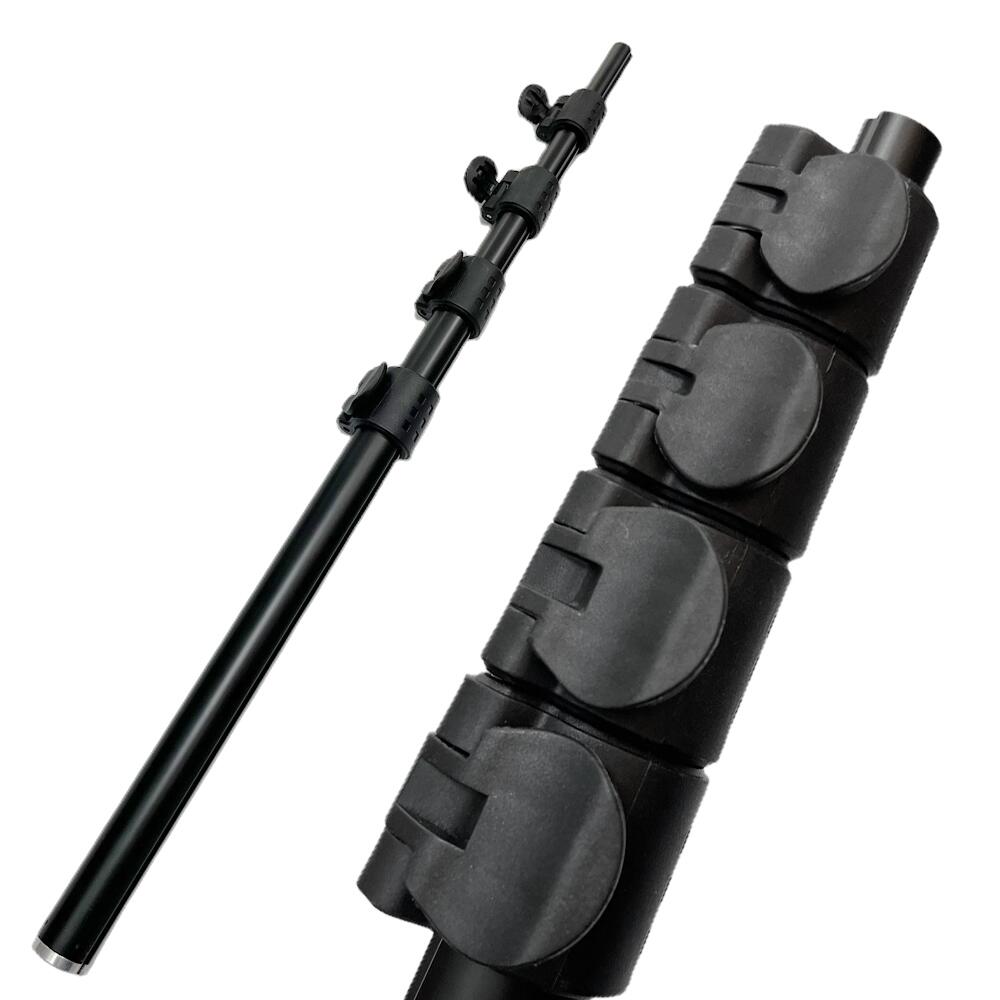Telescopic poles have become an essential tool in numerous industries, allowing users to reach greater heights and tackle tasks with ease. Behind these versatile devices lie carefully chosen materials that contribute to their strength, durability, and functionality. In this article, we will delve into the building blocks of telescopic poles and explore the significance of each material used.Aluminum, carbon fiber, and fiberglass are the primary materials employed in telescopic pole construction. Each material offers distinct advantages depending on the nature of the intended use.Aluminum is a popular choice due to its lightweight nature and exceptional strength-to-weight ratio. This makes aluminum telescopic poles easy to handle and transport, while maintaining the necessary strength for various applications. Additionally, aluminum is highly resistant to corrosion, ensuring longevity in challenging environments.Carbon fiber, renowned for its remarkable strength and low weight, has found a niche in telescopic pole manufacturing. Carbon fiber telescopic poles excel in applications requiring maximum rigidity and minimal weight, such as photography, sports equipment, and aerospace industries. The unique properties of carbon fiber allow for increased vibration dampening and reduced oscillation, providing enhanced stability for precise tasks.Fiberglass offers excellent insulation and durability, making it an ideal material for telecommunications and electrical applications. Its non-conductive nature ensures user safety in potentially hazardous environments. Fiberglass telescopic poles are also known for their exceptional strength and resistance to impact, making them an excellent choice for applications that require durability and longevity.However, the choice of material is not the only factor contributing to the performance of telescopic poles. The design, engineering, and manufacturing processes also play critical roles.Innovative locking mechanisms are employed to ensure the stability and safety of telescopic poles when extended to their maximum length. Advanced locking systems enable easy adjustment and secure positioning, giving users confidence in their tasks.Furthermore, surface treatments such as anodization or protective coatings enhance the durability and resistance to corrosion of telescopic poles. These treatments not only protect the material from environmental factors but also prolong the lifespan of the poles, ensuring they can withstand demanding usage.At Zhongshan Qinggang Stainless Steel Products Co., Ltd, we understand the importance of selecting the right materials for telescopic pole manufacturing. Our commitment to providing high-quality products has fueled comprehensive research and development. By leveraging the unique properties of various materials, we engineer telescopic poles that meet the diverse needs of our customers.”Our telescopic poles are designed to optimize performance and durability,” says Miss Lin. “By prioritizing the selection of optimal materials and employing cutting-edge manufacturing techniques, we aim to provide the market with reliable and innovative tools that empower our customers.”To learn more about the building blocks of telescopic poles and explore our latest offerings, please visit our website or contact our customer service team.About Zhongshan Qinggang Stainless Steel Products Co., Ltd:Zhongshan Qinggang Stainless Steel Products Co., Ltd is a leading manufacturer and provider of telescopic poles for a wide range of industries. With a focus on innovation, quality, and customer satisfaction, we aim to deliver exceptional products that enable users to accomplish their goals efficiently and safely.

Post time: Nov-17-2023






